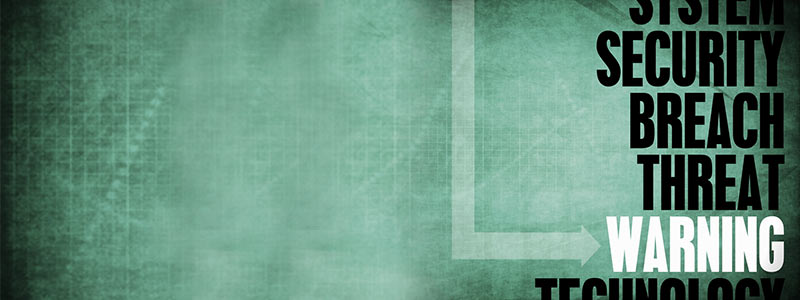The ongoing move toward a highly flexible and fully functioning digital world requires the use of multiple data, networks, and applications. Data, applications, and services need to flow faster than the speed of light and at increased volumes frequently across multiple platforms and end-users.
The question then becomes not whether the transition can be made but whether a balance can be established to ensure change does not get impeded by risk and risk does not destroy the opportunity for advancements.
Several high-profile breaches have created the need for organizations to be concerned about an attack on IoT and cloud-based applications, data systems, services, and infrastructures. CISOs work to manage risk by aligning business goals and processes and developing a plan to mitigate risk.
Issues that companies have to consider include:
1. The digital footprint of both businesses and individuals has expanded dramatically, increasing the potential
attack surface.
2. Everything is a target, and anything can be turned into a weapon.
3. Threats are becoming intelligent, can operate autonomously, and are increasingly difficult to detect.
The challenge is that traditional security tools often work in silos and have configurations that require manual development and implementation. Buying new security each time there is a threat or potential threat is no longer beneficial.
Security features have to be redesigned and reimagined with the five most recent networking trends in mind:
1. The Internet of Things
By 2020, experts say 4.3 devices connected to the internet for every man, woman, and child on earth. While implementing IoT is highly beneficial to productivity and efficiency, security challenges abound due to weak authorizations, exploitable software, and nearly no security configurations.
2. Moving to the Cloud
With big data becoming a tall order for many companies, cloud computing seems to be the obvious right way. However, most CEOs and CIOs cite security due to millions of remote devices as a primary impediment to full cloud implementation.
3. The Cybersecurity Skills Gap
There is a massive shortage in the number of trained cybersecurity professionals around the globe. It is impossible to ward against threats, mitigate risks, and encrypt and inspect traffic without the right people on board.
Companies are being challenged to assess, rethink, select, deploy, and maintain an integrated security system to defend against threats.
